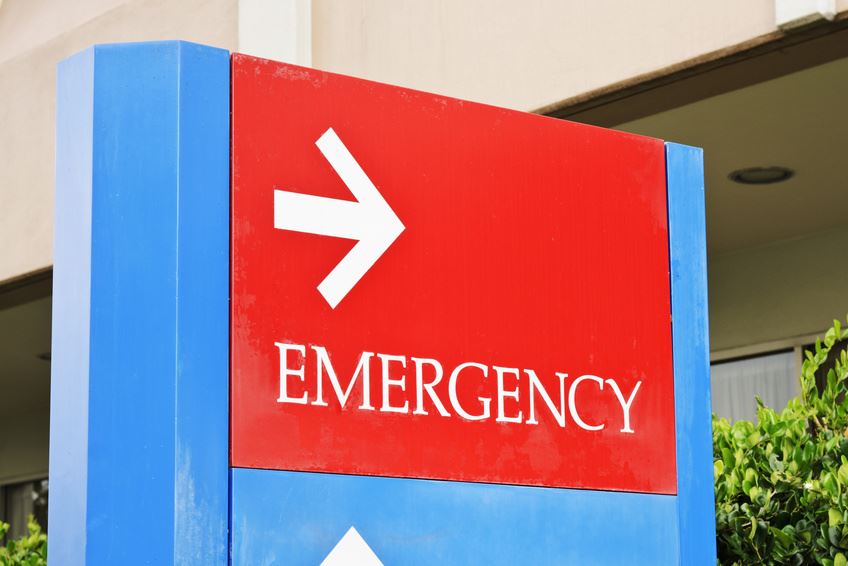mergency room treatment has never been speedy, but a new report has found that wait times in California have drastically increased in the past several years.
Due to overcrowding, state health officials are urging patients to be more cautious with their ER visits to save room for those who need itthe most.
According to The San Diego Union-Tribune, the San Diego County Health and Human Services Agency estimates that 53% of ER visits in local hospitals between 2004 and 2014 were for non-emergencies. This marks a whopping 40% total increase in ER visits during this time, and the overall quality of treatment has suffered because of it.
Health officials believe that this increase in ER visits is due to a wide range of factors, including the Affordable Care Act. Obamacare has expanded health insurance coverage to millions of people who do not previously have it, which has naturally increased the number of patients seeking emergency treatment.
While it’s obvious that the Affordable Care Act has had an impact on ER visits, San Diego County Public Health Officer Dr. Wilma Wooten believes that “it’s not just one thing that is responsible for this increase.”
Dr. Wooten claims that the public’s general lack of understanding is partly to blame for the staggering increase of ER visits since 2004. Dimitrios Alexiou, president of the Hospital Association of San Diego and Imperial Counties, agrees that health literacy is a major issue among Californians.
“We have seen, through our needs assessment process, that of those surveyed, approximately 56 percent don’t know when to use an (emergency department) versus urgent care versus a clinic. Over 40 percent of those surveyed don’t have a primary-care physician,” Alexiou said.
In addition to helping hospitals with overcrowding, the patients themselves also benefit from visiting an urgent care center instead of an emergency room. The typical emergency department visit costs an average of $1,500, while treatment at an urgent care center typically costs just $150.
According to Scripps.org, there are certain symptoms that can help patients know where to go for emergency treatment. For example, patients should visit an emergency room if they are experiencing severe heart palpitations or broken bones. In the event of a common ailment, such as a sore throat or common sprain, patients should opt for an urgent care center.
To combat this issue of ER overcrowding, Dr. Wooten is working with other affected organizations to find solutions that will behoove both doctors and patients. However, she was quick to point out that health officials in California refuse to sacrifice quality of care, and patients can expect proper treatment regardless of overcrowding.
“I don’t think there have been any deleterious impacts on patients,” Dr. Wooten added.
While the end of President Obama’s final term may bring widespread change to the healthcare industries, Dr. Wooten and her cohorts will need to find solutions to this problem in the meantime.


Add Comment